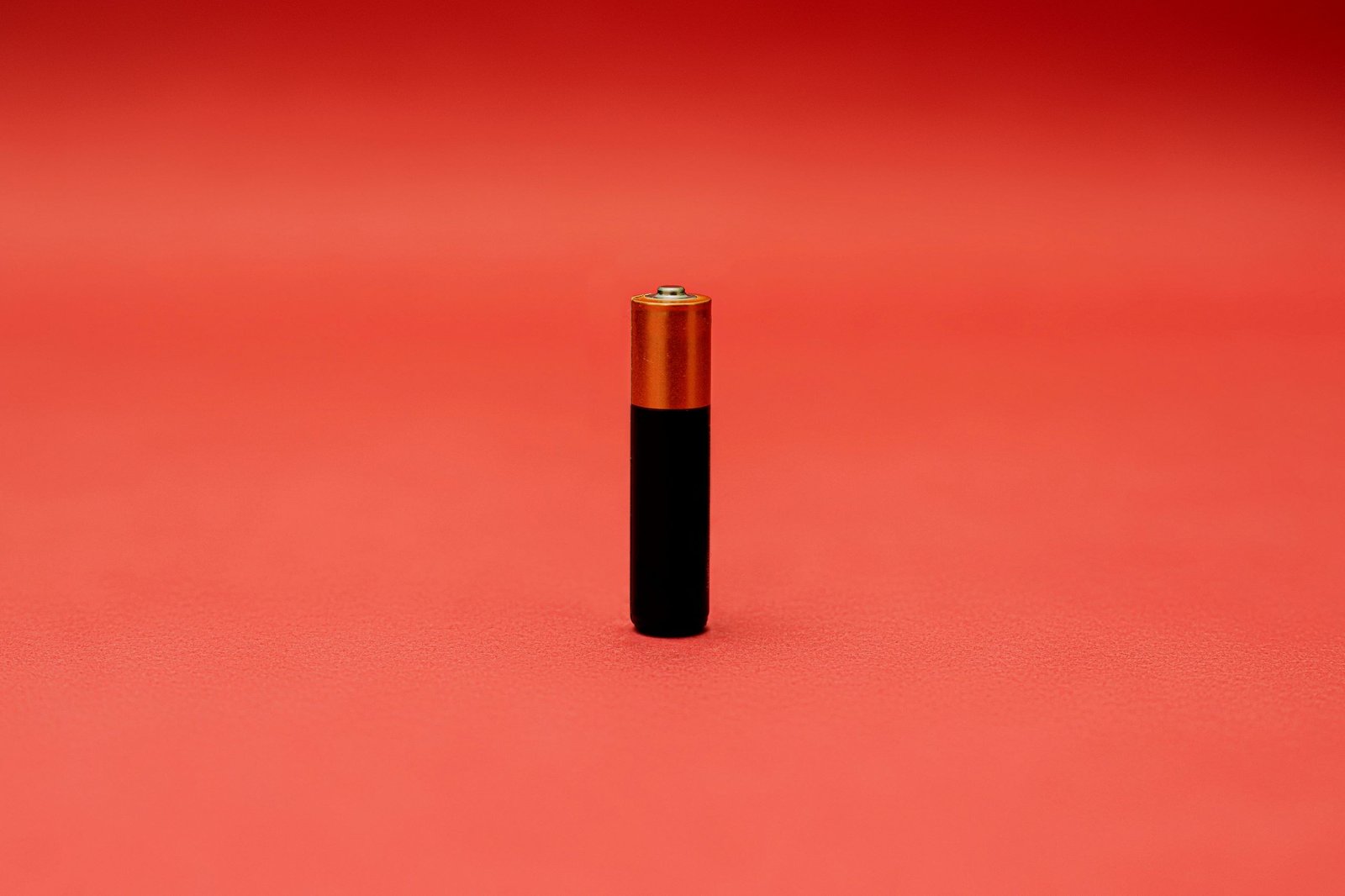An Implantable Cardioverter Defibrillator (ICD) is a vital tool in managing life-threatening arrhythmias, such as ventricular tachycardia. The ICD’s battery life is a key aspect of its functionality and reliability, ensuring the device can monitor and intervene when needed. Understanding the factors that affect ICD battery life, how to maintain it, and what to expect during replacement can empower patients and healthcare providers to optimize heart health management.
Understanding the Implantable Cardioverter Defibrillator (ICD)
An Implantable Cardioverter Defibrillator is a small, battery-powered device implanted under the skin, typically near the collarbone. Its primary function is to continuously monitor heart rhythms and deliver therapeutic interventions, such as electrical shocks, when it detects dangerous arrhythmias like ventricular tachycardia or ventricular fibrillation.
Key Components of an ICD
- Pulse Generator: The pulse generator houses the battery and electronic circuitry needed to detect abnormal heart rhythms and deliver therapy. It serves as the central hub of the ICD, interpreting signals and controlling the delivery of therapy based on preset parameters.
- Leads: Leads are insulated wires connecting the pulse generator to the heart. They transmit electrical signals from the heart to the ICD and deliver shocks or pacing as needed. Leads play a crucial role in ensuring accurate communication between the heart and the device.
- Electrodes: Located at the tips of the leads, electrodes sense the heart’s electrical activity and deliver electrical impulses to correct abnormal rhythms. The electrodes ensure precise monitoring and timely intervention.
ICD Battery Life: What You Need to Know
ICD battery life is a crucial consideration for patients and healthcare providers. On average, an ICD battery lasts between five and seven years, although this can vary based on several factors. Understanding these factors and how they influence battery life can help manage expectations and plan for battery replacement.
Factors Affecting ICD Battery Life
- Therapy Frequency: The frequency with which an ICD delivers therapy significantly impacts battery life. Devices that frequently administer shocks or pacing consume more power, leading to faster battery depletion. Patients with more active arrhythmias will generally require more frequent battery replacements.
- Device Settings: ICDs are highly customizable, and their settings can affect battery life. Settings such as detection sensitivity, pacing rate, and shock energy levels can influence how much power the device consumes.
- Device Model and Manufacturer: Different ICD models and manufacturers offer varying battery life spans. Newer models may incorporate advanced battery technology and energy-efficient components, resulting in longer battery life.
- Pacing Requirements: Patients who require constant or frequent pacing will typically experience shorter battery life compared to those who need less pacing support. The pacing function consumes battery power continuously, affecting overall longevity.
- Electromagnetic Interference: Although modern ICDs are designed to withstand most electromagnetic interference, prolonged exposure to strong electromagnetic fields can temporarily increase battery usage. While this impact is usually minimal, it’s worth considering in environments with high electromagnetic activity.
Monitoring and Maintaining ICD Battery Health
Regular monitoring of ICD battery health is essential to ensure the device functions optimally. Here are some key practices for maintaining ICD battery health:
- Regular Follow-Ups: Patients should attend regular follow-up appointments with their cardiologist or electrophysiologist to monitor the device’s performance and battery status. These appointments allow healthcare providers to check battery voltage and estimate the remaining battery life.
- Remote Monitoring: Many modern ICDs are equipped with remote monitoring capabilities, allowing healthcare providers to track battery status and device function without the need for frequent in-person visits. Remote monitoring can provide timely alerts if the battery is nearing depletion.
- Device Interrogation: During follow-up appointments, healthcare providers can perform a device interrogation, which involves connecting the ICD to a computer to review its performance, adjust settings, and check battery status. Device interrogation is a comprehensive evaluation that provides valuable insights into battery health.
- Patient Awareness: Patients should be aware of any symptoms or signs that may indicate a low battery, such as unusual beeping sounds from the device or changes in the way the ICD feels during normal operation. Promptly reporting these symptoms to a healthcare provider is crucial for timely intervention.
ICD Battery Replacement: What to Expect
When an ICD’s battery is nearing the end of its life, it requires replacement. This process is critical to ensure the device continues to function properly and protect the patient from life-threatening arrhythmias.
Signs That Your ICD Battery Needs Replacement
- Device Alerts: Many ICDs provide audible alerts or vibrations when the battery is low. Patients should be familiar with the specific alerts for their device model and notify their healthcare provider if they receive an alert. It is essential to respond to these alerts promptly to avoid any interruptions in device function.
- Regular Monitoring Results: During regular follow-ups, healthcare providers will assess battery voltage and impedance. A significant drop in voltage or increase in impedance can indicate a need for replacement. These measurements are critical indicators of battery health and should be monitored closely.
- Manufacturer’s Guidelines: Manufacturers typically provide guidelines on when a battery should be replaced, often based on time since implantation or usage metrics. Adhering to these guidelines is essential for device reliability and patient safety.
The ICD Battery Replacement Procedure
Replacing an ICD battery involves replacing the entire pulse generator, as the battery is sealed within the device. Here’s what patients can expect during the replacement procedure:
- Preparation: The replacement procedure is usually scheduled in advance, allowing time for pre-operative assessments and planning. Patients will receive instructions on any medications to avoid before the procedure and guidelines for fasting.
- Procedure: The procedure is typically performed under local anesthesia with sedation, allowing patients to remain comfortable and alert. A small incision is made over the existing ICD site, and the old pulse generator is removed. The leads are disconnected from the old generator and connected to the new one.
- Recovery: Recovery from a battery replacement procedure is generally quicker than the initial implantation. Most patients can return home the same day and resume normal activities within a few days. Follow-up appointments are scheduled to ensure the new device is functioning correctly.
- Post-Procedure Care: Patients should monitor the incision site for any signs of infection or complications and follow post-operative care instructions provided by their healthcare provider. It’s essential to keep the area clean and dry during the initial recovery period.
Advancements in ICD Battery Technology
Advancements in ICD battery technology have focused on increasing battery life, improving device efficiency, and enhancing patient comfort. Here are some notable developments:
Longer Battery Life
Newer ICD models often feature extended battery life, reducing the frequency of replacements. Manufacturers achieve this by using advanced materials and technologies that enhance energy efficiency and minimize power consumption. As a result, patients experience fewer disruptions due to battery replacements.
Rechargeable Batteries
Research is ongoing into the development of rechargeable ICDs, which could potentially eliminate the need for frequent replacements. These devices would be charged externally, providing a more sustainable solution for long-term use. Rechargeable ICDs could revolutionize device management by offering continuous operation without invasive procedures.
For more information on rechargeable battery technology, you can explore the Medtronic Rechargeable System.
Miniaturization
Advancements in miniaturization have led to smaller and lighter ICDs, improving patient comfort and expanding eligibility for patients with smaller body sizes. Smaller devices also require less power, contributing to longer battery life. As technology continues to advance, ICDs are expected to become even more compact and efficient.
Enhanced Monitoring Capabilities
Modern ICDs are equipped with enhanced monitoring capabilities that allow for more accurate tracking of battery status and device performance. This includes improved algorithms for detecting battery depletion and providing timely alerts to patients and healthcare providers. These advancements ensure that patients receive timely notifications and maintain optimal device function.
For further details on ICD monitoring technologies, refer to the Boston Scientific Remote Monitoring System.
Optimizing ICD Battery Life: Tips for Patients
While the technology behind ICDs continues to evolve, patients can take proactive steps to optimize battery life and ensure their device functions effectively. Here are some practical tips:
Maintain Regular Follow-Ups
Regular follow-up appointments are essential for monitoring the ICD’s performance and battery status. Patients should adhere to the recommended schedule set by their healthcare provider and promptly report any unusual symptoms or alerts. Consistent follow-ups help ensure that any potential issues are addressed quickly.
Use Remote Monitoring
If available, patients should utilize remote monitoring to keep track of their ICD’s status. Remote monitoring provides real-time data and alerts, allowing for timely interventions if issues arise. This technology enables continuous supervision and can reduce the need for frequent in-person visits.
Avoid Electromagnetic Interference
Patients should be aware of potential sources of electromagnetic interference, such as certain medical imaging equipment or household appliances. While modern ICDs are designed to withstand most interference, minimizing exposure can help preserve battery life. Patients should discuss any concerns about electromagnetic interference with their healthcare provider.
For additional tips on managing electromagnetic interference, visit the American Heart Association’s guide.
Communicate with Healthcare Providers
Open communication with healthcare providers is crucial for managing ICD battery life effectively. Patients should discuss any concerns, changes in symptoms, or questions about their device’s performance during follow-up appointments. Healthcare providers can offer guidance on best practices for optimizing battery life.
Stay Informed
Patients should stay informed about advancements in ICD technology and battery life improvements. Healthcare providers can offer guidance on new developments and discuss options for upgrading to newer models if appropriate. Staying informed allows patients to make informed decisions about their device management.
Future Trends in ICD Battery Technology
The future of ICD battery technology holds exciting possibilities for improving device performance and patient outcomes. Here are some anticipated trends:
Wireless Charging
Wireless charging technology could revolutionize ICD battery management by allowing patients to charge their devices without needing a replacement procedure. This technology is still in development but holds promise for future ICD models. Wireless charging could offer a convenient and non-invasive solution for maintaining battery life.
Smart Algorithms
The integration of smart algorithms and artificial intelligence into ICDs could enhance battery management by optimizing power usage based on individual patient needs. These algorithms would continuously adjust device settings to maximize efficiency and prolong battery life. Smart algorithms have the potential to personalize therapy and improve overall device performance.
Biocompatible Materials
Research into biocompatible materials could lead to more sustainable and environmentally friendly ICDs. These materials would enhance device longevity and reduce the need for frequent replacements. Biocompatible materials also contribute to patient safety and comfort by minimizing the risk of adverse reactions.
Integration with Health Platforms
Future ICDs may integrate with health platforms and wearable technology, providing comprehensive health data and enabling proactive management of heart health. This integration would allow for seamless data exchange and better coordination between patients and healthcare providers. Enhanced connectivity could improve patient outcomes and support a more holistic approach to health management.
For a comprehensive understanding of ICD advancements, visit our latest blog on functions and features of an ICD.
Conclusion
The Implantable Cardioverter Defibrillator (ICD) is an essential tool for managing life-threatening arrhythmias and ensuring patient safety. Understanding ICD battery life and how to optimize it is crucial for maximizing device performance and longevity. By staying informed about technological advancements and maintaining open communication with healthcare providers, patients can navigate the complexities of ICD management and enjoy improved quality of life. As technology continues to evolve, the future holds exciting possibilities for enhancing ICD battery life and device functionality, offering new opportunities for patients and healthcare providers alike.
For more in-depth insights, check out my book “Understanding ICD Implants: A Comprehensive Guide.”













3 Comments